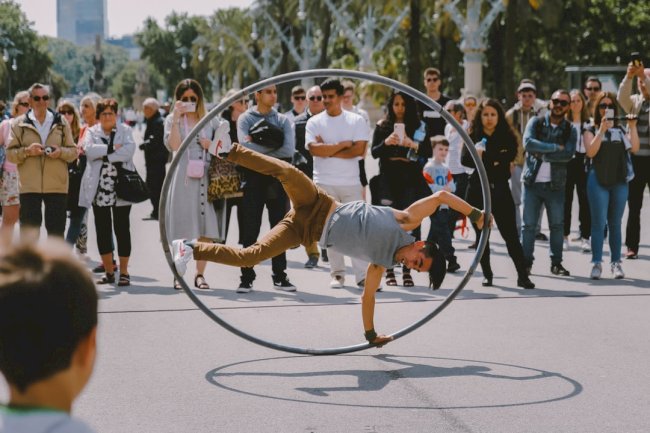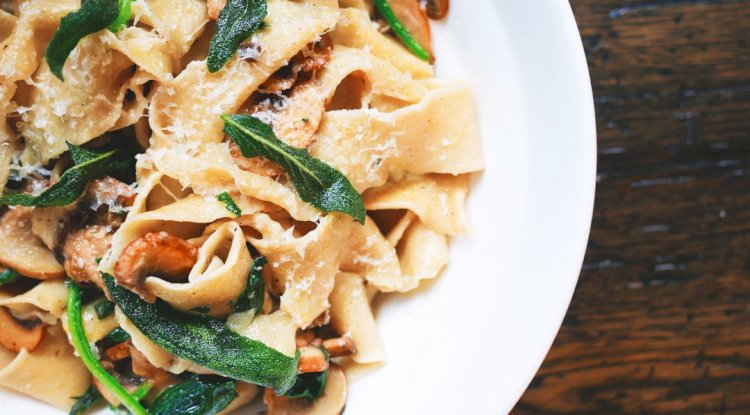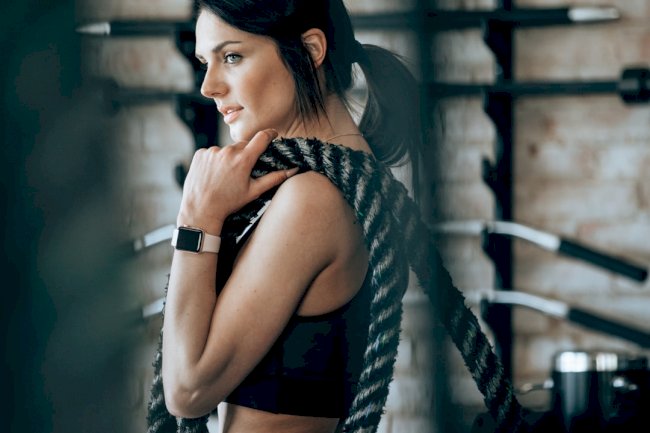Trying hard to get rid of neck pain you feel after doing Crunches?
Here we have stated the primary reason you must know of pain you feel while crunching and also the best way to do it. That torment you feel while crunching to obscurity doesn't mean you're fortifying your neck muscles as well, grieved. Here are the means by which to do crunches the correct way (if by any stretch of the imagination). That torment you feel while crunching to obscurity doesn't mean you're fortifying your neck muscles as well, grieved. Here are the means by which to do crunches the correct way (if by any stretch of the imagination).

Like most ever-advancing exercise center goers, I, at last, acknowledged I expected to begin accomplishing more center work. In any case, when I included a considerable amount of crunch varieties to my usual daily practice, I understood it wasn't my abs that were tapping out from depletion—it was my neck. Each opportunity I came up, the muscles holding my head were shouting out louder than my prospective six-pack. The torment left like ordinary muscle irritation, so I expected it just implied my neck was powerless. Humiliated, I never respected it until I was working out with a companion and part of the way through a series of the abs-fortifying activity, unprompted, she said that she didn't feel it in her center, yet instead—you got it—in her neck.
"Neck torment during crunches is amazingly normal," guarantees Pete McCall, C.S.C.S., a San Diego-based coach and host of the About Wellness web recording. Also, he let me know, you can't generally "reinforce" your neck, and it wouldn't fathom much at any rate. (Hang tight, accomplish crunches even work?)
The genuine issue? You don't have the foggiest idea of how to do crunches the correct way.
"A great many people play out a mash from the chest area rather than the stomach locale, which works your neck muscles—and not the manner in which you need," clarifies Joel D. Seedman, Ph.D., C.S.C.S., proprietor of Cutting edge Human Execution in Atlanta.
Update: Your abs practice routine shouldn't comprise of crunches alone. However, they can be advantageous to remember for your exercise on the off chance that you perform them accurately. On the off chance that you despite everything feel neck torment in the wake of making changes by your procedure—or you need to moderate the danger of harming yourself through and through—consider swapping crunches, which target just the rectus abdominis muscle for different activities that focus on your whole center. Think center activities that enact your obliques, rectus abdominis, and transversus abdominis (your most deep abs muscle) at the same time, similar to the winged creature hound, woodchop, and arachnid board.
So what can turn out badly when doing crunches? Think about your spine like a noodle: It can twist back, forward, and around; however, the structure stays connected in one liquid line consistently. The particular case to this is your cervical spine, which is the top bit that runs from your shoulders up into your skull. Regardless of being genuinely associated, your head can move autonomously from the remainder of the noodle. What's more, when you go to do a crunch, your head may fall behind, disturbing the ideal circular segment and causing a strain on those supporting neck muscles because of gravity, clarifies McCall.
Whenever performed appropriately, crunches will keep your spine in line from the lower back to the head. In any case, on the off chance that you let the head slack, you're leaving your neck helpless against a strain. "Envision each plate in the middle of your vertebrae as a jam donut," says McCall. "In the event that your head is extending forward, it squeezes the front and squishes jam out the back." Best case, this slight pressure brings about the mellow distress that will shield you from producing enough reps to ever really observe abs in the mirror. However, with enough weight, this inappropriate structure can prompt a protruding circle, which accompanies genuine agony, deadness, and muscle shortcoming. (Related: 10 Reasons Your Neck and Shoulders Hurt While Running)
Fortunately, one change can get you closer to realizing how to do crunches the correct way.
A bunch of studies has indicated that essentially tucking your jaw toward your chest previously and during a crunch can diminish the muscle action in your neck. Why? It actuates the hyoid muscles—which run from your jawline to your collarbone—to go about as stabilizers, says McCall.
Attempt it: Picture holding a peach between your head and your throat, McCall recommends. On the off chance that you don't crush, you'll drop it, yet an excessive amount of weight will squish the natural product, discharging juice all over the place. (On the off chance that envisioning simply isn't working, have a go at collapsing up a towel and crushing it between your jawline and your chest.) At that point, as opposed to setting your hands behind your head for the crunch (which urges you to pull on the head and make further strain), place your hands on your temple to limit neck torment while doing crunches.
Truth be told, a recent report in Diary of Exercise based recuperation Science found that when individuals both tucked their jaw and gently contacted their face during a crunch, it loosened up their sternocleidomastoid—the thick muscle that runs from your ear to your collarbone—and reduced neck torment, contrasted with when they did an essential crunch. Reward: The variety drew in their abs and obliques more, as well.
Another tip on the most proficient method to do crunches? You likewise need to pull your low back and stomach into the floor, as this includes a slight back, pelvic tilt, shielding the upper spine from having the option to move freely, says Seedman. What's more, climb gradually to forestall neck torment while doing crunches. "Individuals frequently think in a crunch; they have to get their middle off the ground right now. However, it should be a little, minimized development," he clarifies. Keep in mind; you will likely enact your center, not to bring your shoulder and head up. On the off chance that you take the force out and stick your lumbar spine to the tangle, it signs to your sensory system to make constrictions in your center, really working your stomach muscles such that makes you more grounded and keeps you torment free.
What's Your Reaction?





















